The Corsie Sistine, Rome, Santo Spirito in Sassia Complex | Courtesy Asl Roma1
With its eight centuries of history, over a thousand square meters of frescoes, the “Sistine Chapel” of historic hospitals, with its extraordinarily beautiful decorative apparatus, emerges from time in a new light.
The Sistine Wards – the historic hospital wards commissioned by Pope Sixtus IV Della Rovere for the Jubilee of 1475 within the ancient Complex of Santo Spirito in Sassia, traditionally considered the largest and oldest hospital complex in Europe – are back to shine thanks to a restoration, in the temple where body care combined with relief for the soul through beauty.
These extraordinary frescoes a stone’s throw from St. Peter’s – inside a fully operational hospital, directly managed by the ASL Roma 1 – tell the story of Rome in the seventies of the fifteenth century, revealing the Pope’s enterprise, the buildings of the time and the history of a complex, that of Santo Spirito in Sassia, crossed by historical stratifications, from the luxurious house outside the door of Agrippina, with the extraordinary mosaic floors discovered in some underground rooms, to the subsequent medieval buildings. The speech, presented during a press conference in the presence of the President of the Republic Sergio Mattarella, is the result of a long collaboration between the Ministry of Culture through the Special Superintendence of Rome, the Lazio Region, and the ASL Roma 1, strengthened with the development agreement for historic hospitals signed last autumn.
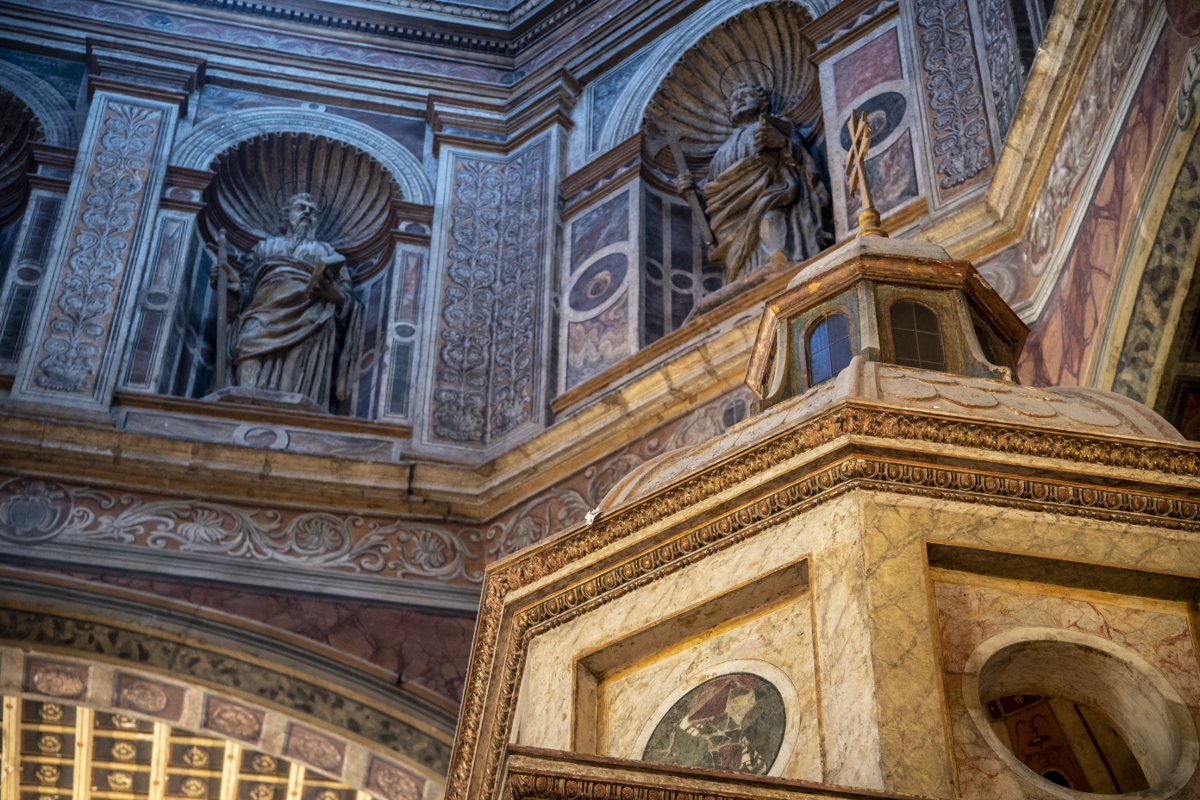
Rome, Complex of Santo Spirito in Sassia | Courtesy Asl Roma1
In reality, the building that houses the Lanes dates back to the eighth century when, in 727, Ina, King of Wessex, wanted to build the Schola Saxonum, a place of welcome and assistance intended to accommodate Anglo-Saxon pilgrims on pilgrimage to the Eternal City. After a first major renovation, at the end of the 12th century, in 1475 Sixtus IV decided to rebuild the large building of Santo Spirito built by Innocent III in 1198 and reduced to a dilapidated state already at the end of the Middle Ages. On this occasion the structure was enlarged and illustrious artists and architects such as Andrea Bregno and Baccio Pontelli were called to work for the construction of the Sistine Lanes. It was a question of building an imposing aisle with high windows to allow the exchange of air, finely frescoed at the top of the walls, where the gaze of the lying sick could easily reach the images with the deeds of the two popes who had given them life.
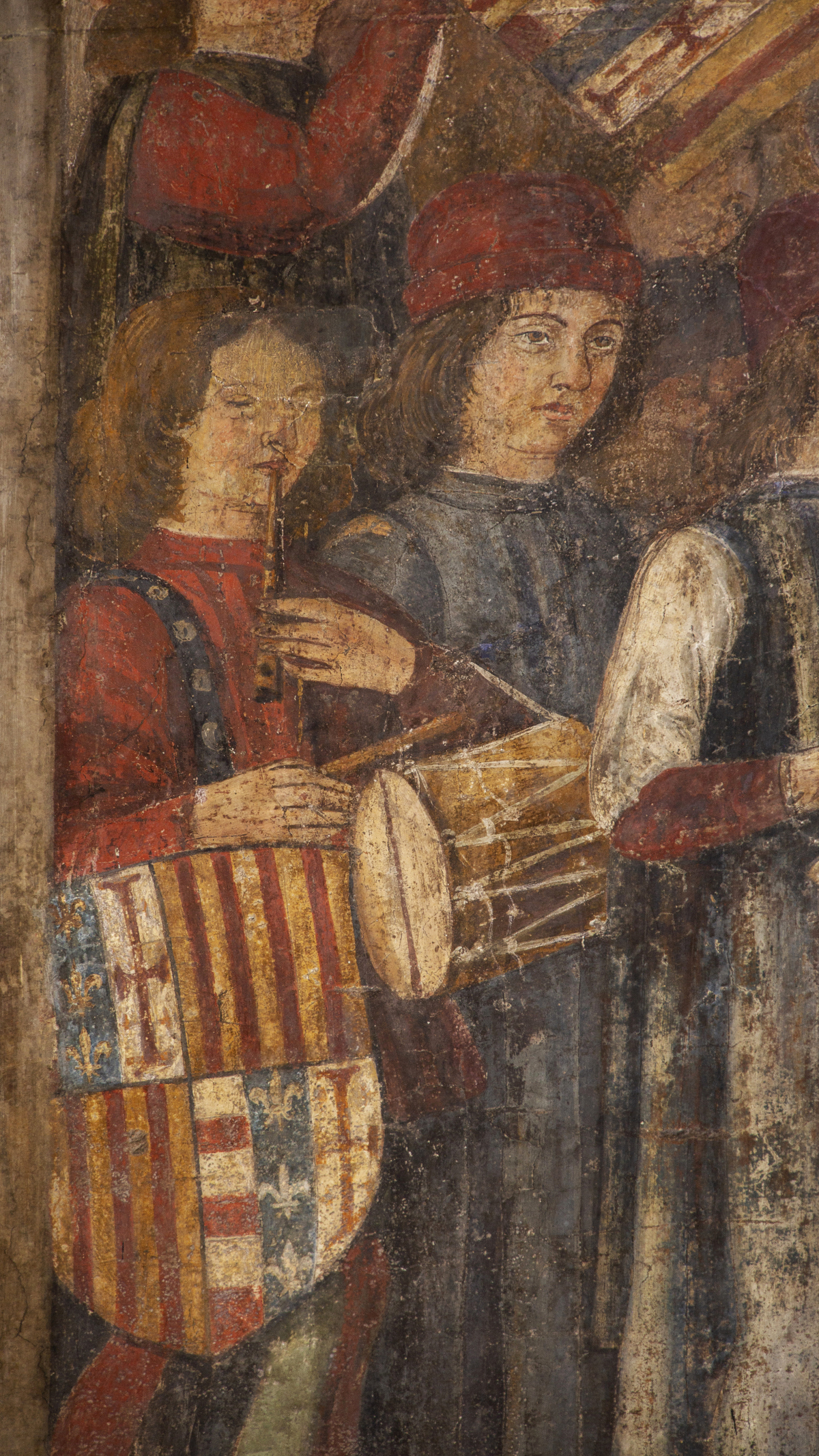
The Corsie Sistine, Rome, Santo Spirito in Sassia Complex | Courtesy Asl Roma1
The patients could thus admire on the walls of the Corsie the refined pictorial cycle executed in fresco starting from the end of the fifteenth century by artists of the Umbrian-Roman school and by disciples of Melozzo, Ghirlandaio, Pinturicchio and Antoniazzo Romano. 67 illustrated scenes told of the origins of the hospital and the most representative episodes in the life of Sixtus IV.
The images of desperate mothers, forced to sacrifice unwanted children in the Tiber, give way to fishermen who turn to Innocent III, to the homages of foreign sovereigns and to the numerous religious ceremonies officiated by the popes.
With 120 meters in length and 12 meters in width, the Lanes represent the first example of Renaissance civil architecture in Rome.
The removal of a modern glass window between the two rooms – the Lancisi Room and the Baglivi Room – allows today to appreciate the ancient hospital in its original depth of view which incorporates the central altar attributed to Palladio, probably the only Roman work of the great artist.
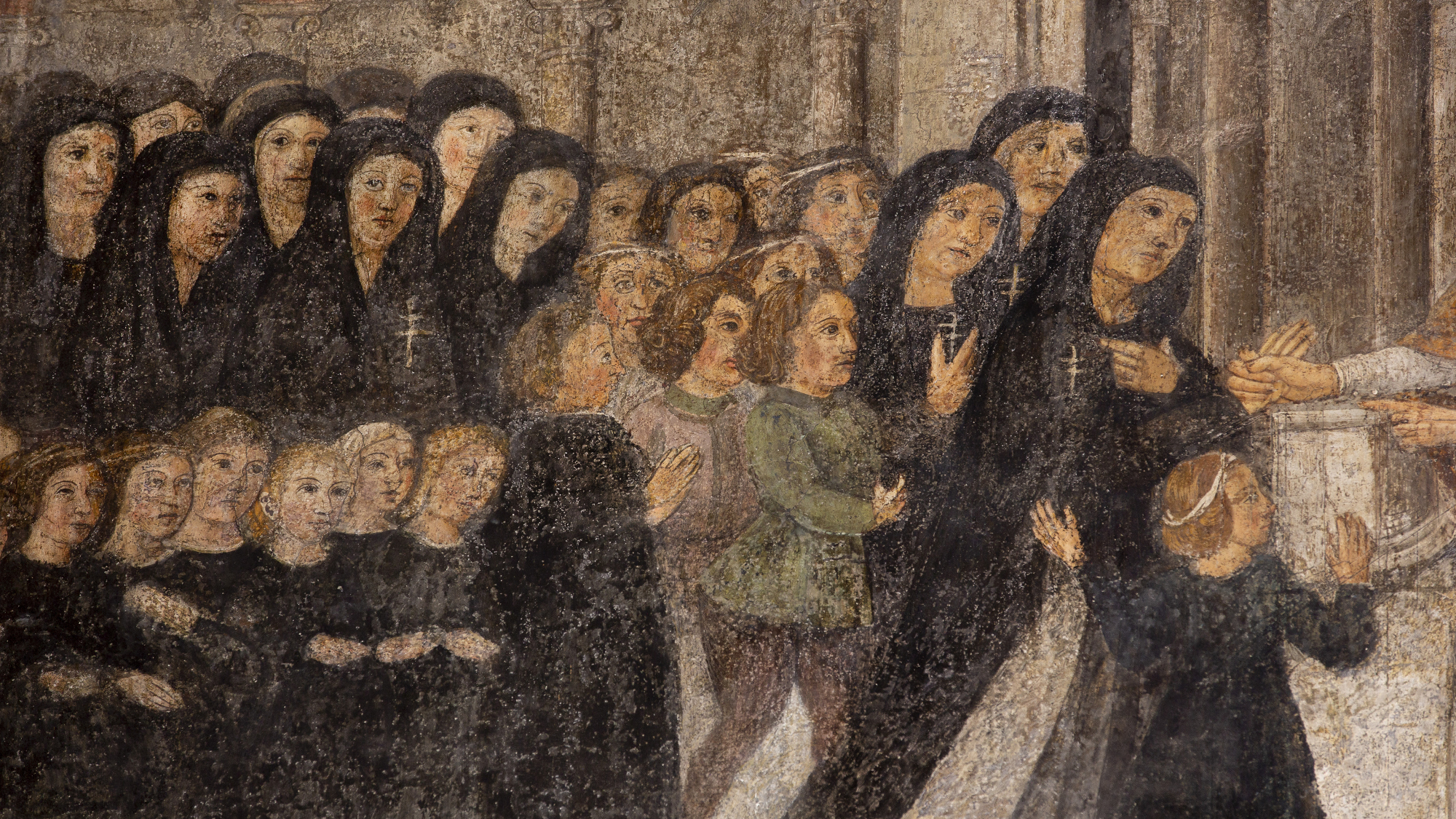
Painter of Sixtus IV, Pope Sixtus IV arranges the hospice for the exhibits, 15th century, after restoration, Rome, Santo Spirito in Sassia complex | Courtesy Asl Roma1
The restoration work on the pictorial cycle of the Lanes concerned some pieces of the decoration of the Baglivi Room and the entire decorative apparatus of the Lancisi Room. Sixtus IV enthroned, surrounded by cardinals and courtiers, has regained vigor, while the lost architectural lines have been recovered together with the missing decorations and letters in the inscriptions.
In the first months of 2021 it was agreed with the Lazio Region and the Superintendence for Architectural and Landscape Heritage for the Municipality of Rome to articulate the restoration project of the Sistine Lanes in three phases. The architectural interventions carried out in recent years have included the consolidation of the structure, with the vaults of the adjacent Lancisiana Library, the restoration of the internal and external plasters of the Lanes and a precious work of recovery of windows and windows and of the underlying Antiquarium.
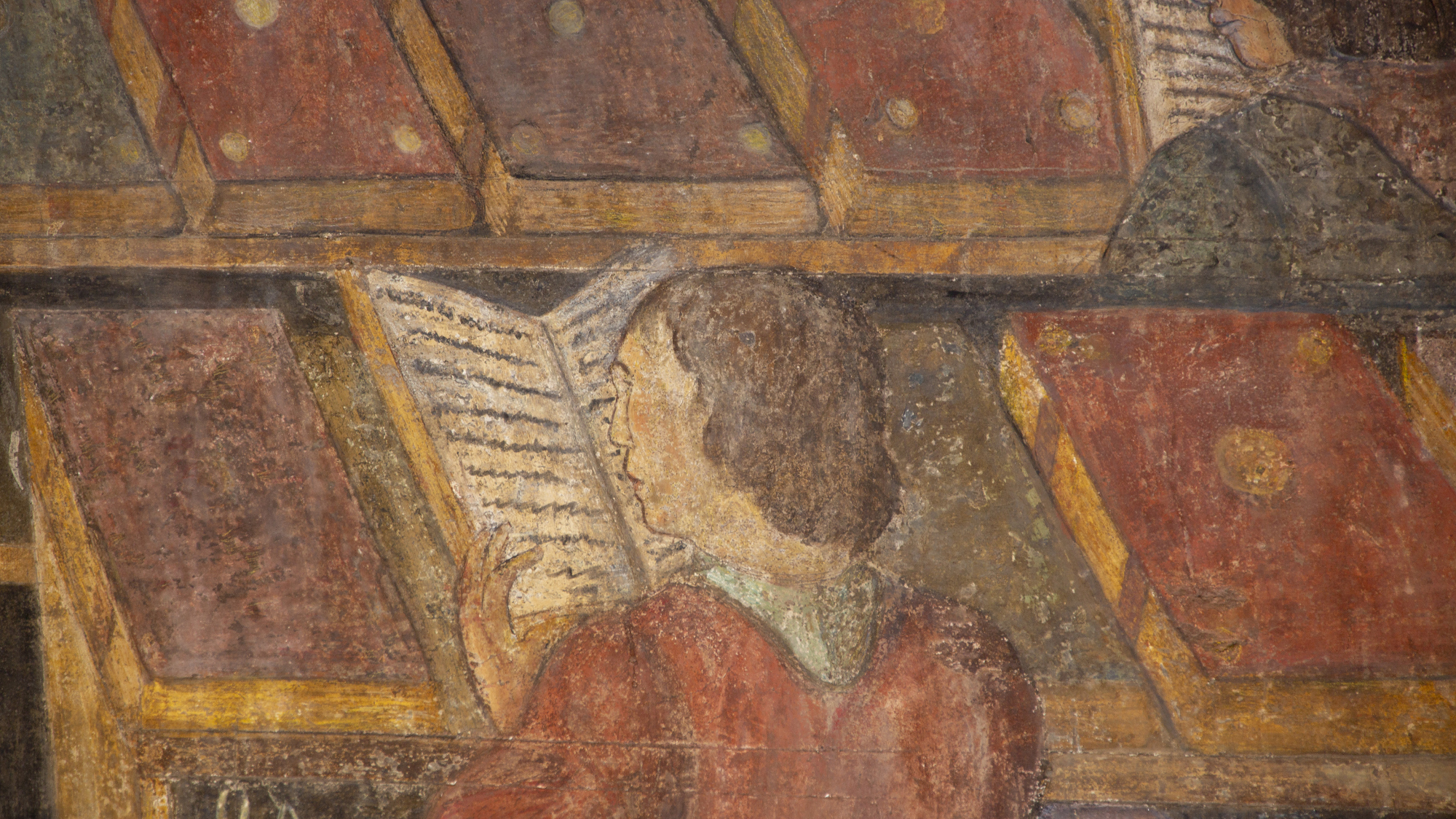
The Corsie Sistine, Rome, Santo Spirito in Sassia Complex | Courtesy Asl Roma1
The first stage took place on 23 July last year with the reopening of the fully restored Lancisiana Library, with the static reconstruction of the vault, roof, flooring and systems, with the recovery of the fresco in the reading room and the shelves. . The second step coincides with the inauguration of the conservative restoration of the Sistine, Lancisi and Baglivi Wards, while in the second half of 2023 the third and last moment is expected, when access to the archaeological area below the ancient hospital, already recovered, will be opened. .
The first objective remains that of making available to visitors, enthusiasts and tourists the extraordinary artistic treasures that the Complex of Santo Spirito preserves, from the architectural, pictorial, librarian and museum collections point of view.
A program with the next openings to the public will be available shortly.
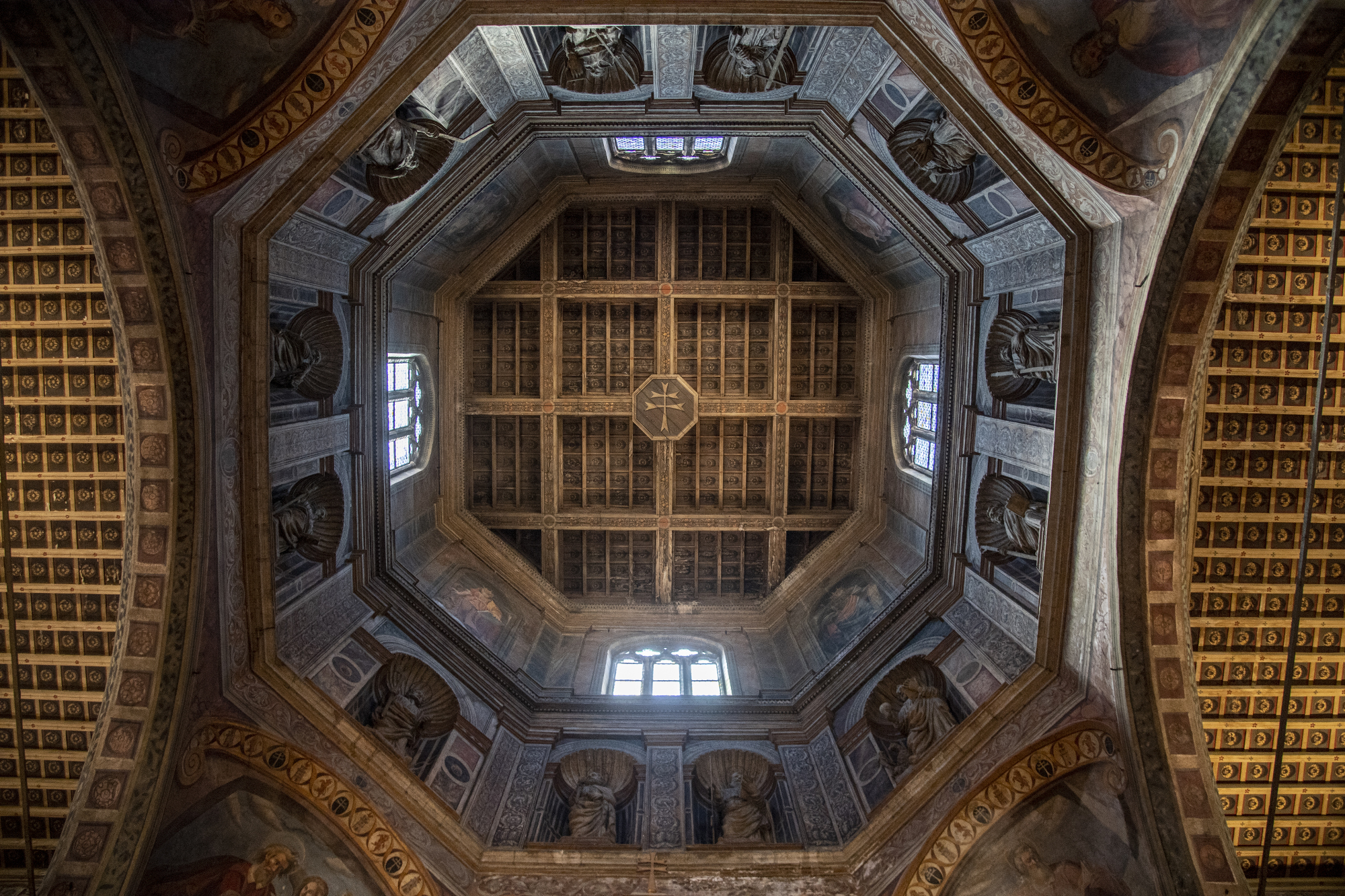
Rome, Complex of Santo Spirito in Sassia | Courtesy Asl Roma1

